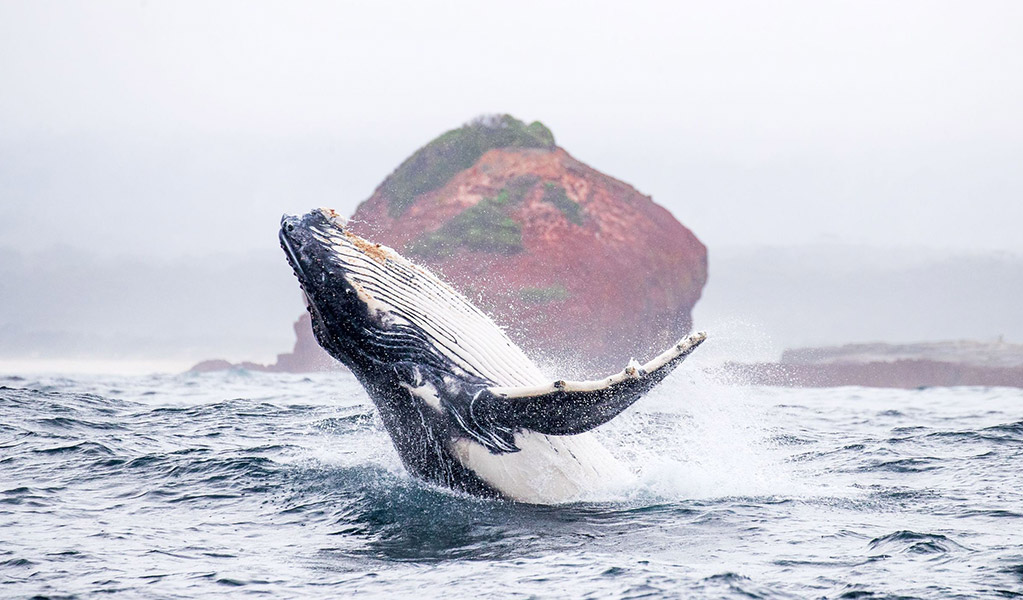Whale facts
Read our whale facts to make the most of your whale watching experience in NSW national parks.
Read more about Whale facts
About whales
Whales developed from land mammals that lived in warm salty waters about 55 million years ago. They belong to the order of animals called Cetacea, which also includes dolphins and porpoises. You can see whales between May and November when they make the annual migration along the NSW coastline.
There are two different types of whales: toothed whales (odontoceti) and baleen whales (mysticeti).
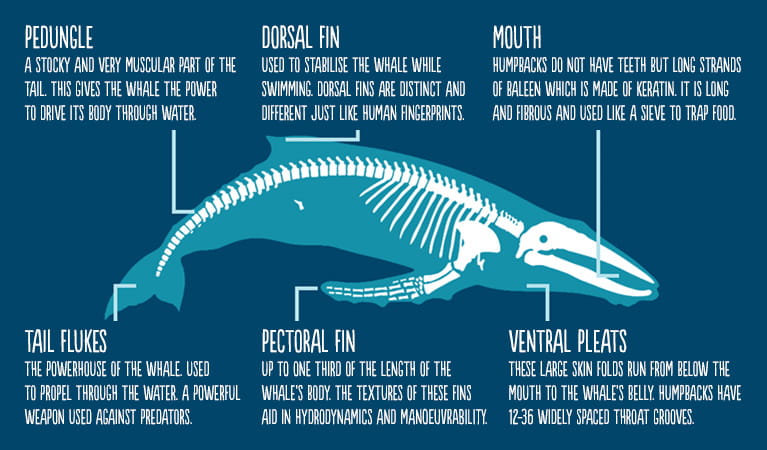
Whale migration
Whales meet their need for food and suitable calving areas by traveling long distances from cold feeding areas, to warm, shallower waters for calving and mating.
You can see whales between May and November when they make the annual migration along the NSW coastline. From about May to July they travel north and from around September to November they return south. Whales are quite active in the water and display a range of spectacular surfacing behaviours that are amazing to witness if you know what to look for when you’re out whale watching.
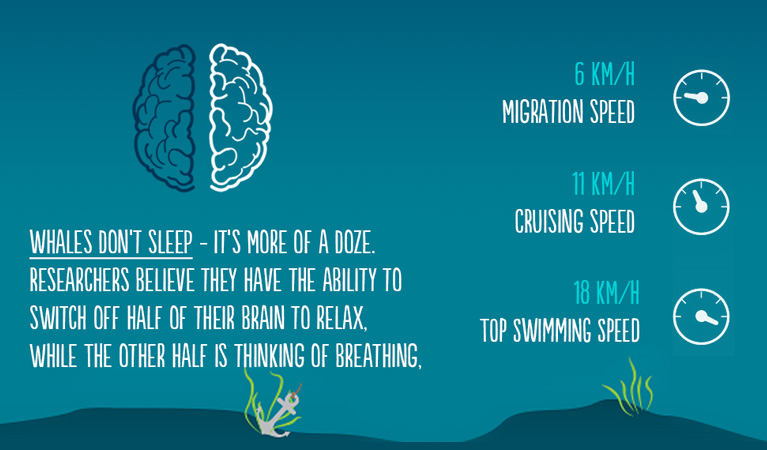
Whale life cycle
Much is still unknown about the life histories of these majestic creatures, but scientists have made quite accurate estimations in regards to more common species. Like many mammals, these cetaceans go through ‘baby’ and ‘adolescent’ periods before reaching full maturity. A whale can live from 48-100 years!
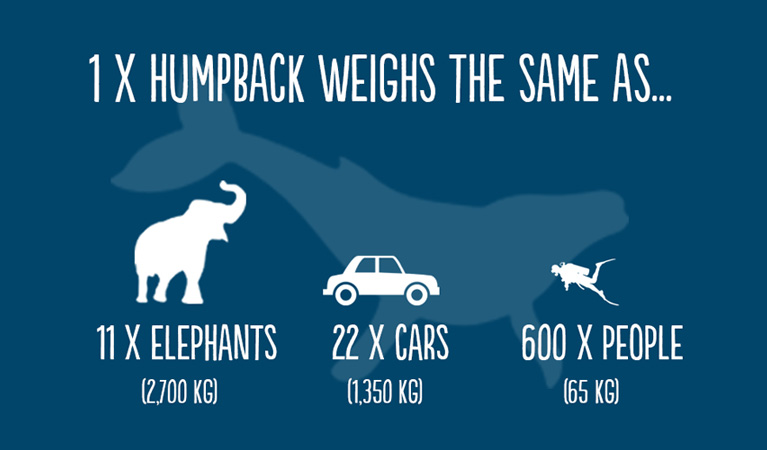
Whale research
Recent research has shown that dolphins are second only to humans in intelligence. The degree of intelligence of other cetaceans, such as whales and porpoises, has not yet been determined. However, their sophisticated behaviour and ability to learn suggest they have a capacity for complex thinking.
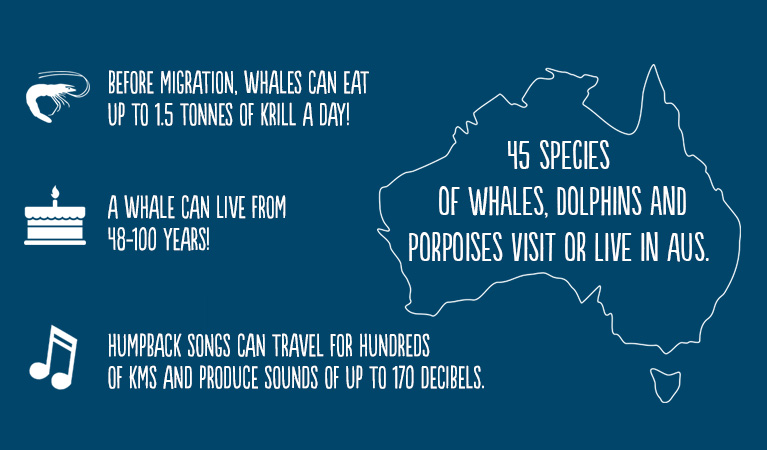
Whales in Australia
Australia is quite privileged when it comes to whales – over 50% of the world’s cetaceans are found in Australian waters. According to recent estimates at least 45 species of whales, dolphins and porpoises visit or live permanently in Australia, including nine baleen whales and 36 toothed whales species and with all the whales cruising along the NSW coastline, you can see we call it New South W(h)ales for a reason!
The number of whale species found in Australia could even increase. Ongoing research, may identify new species based on genetic information. A recent example of this is the Australian snubfin dolphin (orcaella heinsohn), which was classified as a new species endemic to the Australian region in 2005.
Whale distribution in Australia varies widely. Some species, like the orca, are widespread and found in all waters, while other species such as some beaked whales are much more elusive. In fact some whales are so elusive that the only information we have about them comes from when they become stranded. Learn more about whale species.
Whales in Aboriginal Australia
Aboriginal People along the Australian coast have a long association with whales. Rock engravings and contemporary stories show the strong relationship between local Aboriginal People, whales and The Dreaming. Some of these rock engravings and paintings are estimated to be over 1,000 years old.
The whale is an important totem for numerous Aboriginal groups. A totem is an object or thing in nature that is adopted as a family or clan emblem. Different clans are assigned different totems and in some cases individuals are given personal totems at birth. The whale is the totem of the Darkinjung People of the Central Coast of NSW.
Aboriginal People considered stranded whales an important economic resource. They used the fat to varnish their spears, boomerangs and tools. They also used whale bones to manufacture utensils, weapons and for other uses such as shelter.

